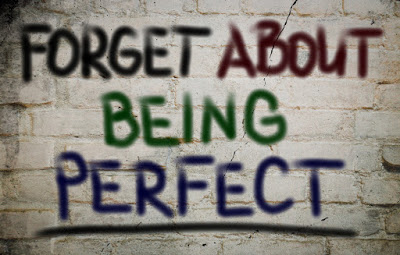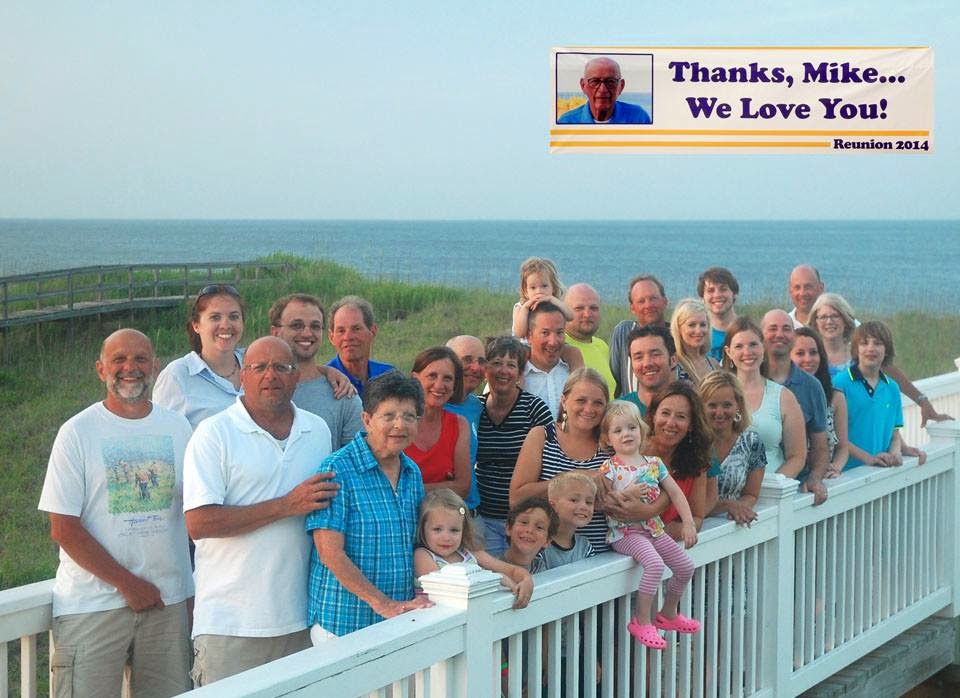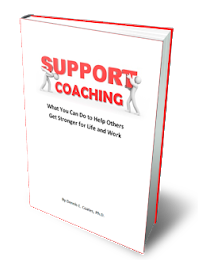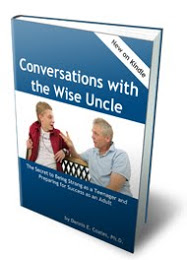What if you had a way to give free positive publicity to one of your key connections or influencers? Would you do it?
Recently I joined the community of More Clients More Fun to learn more ways to leverage the power of LinkedIn to build strong relationships.
I was intrigued with one of the strategies suggested by the program’s creators, Ana Melikian, Paul McManus and JoAnne Henein.
What’s the idea?
Set up a “Virtual Coffee” video call with the person online and record the conversation. You conduct the interview and focus the spotlight on the other person.
Who could you interview?
- Current clients who know you well
- Prospective clients and other connections you’d like to add value to
- Influencers whose work you admire and want to promote – such as best-selling authors or celebrity speakers
And what kinds of questions could you ask during such a conversation?
A few suggestions…
What is your business/practice/role in your company all about?
Your background is X. How did you transition from that into what you’re doing today?
What is the WHY behind what you do?
Who do you serve? Who are your ideal clients?
What changes/improvements are you seeing as a result of the work you’re doing?
What’s the most rewarding part of your job/work?
What is your favorite quote and why?
How can people reach you?
The beauty of this kind of interview is that you’re truly being of service to another person. You’re providing THEM with a platform to get positive exposure without having to promote themselves.
Lisa Wozniak is an active member of the More Clients More Fun, and I sent her a connection request after seeing her on one of their recent webinars. At the end of a lively initial phone conversation, she graciously invited me to have a Virtual Coffee with her.
Lisa sent me several of the questions listed above, and I gave thought to my answers prior to our next call, which she recorded on Zoom.
What a blast!
The result is an 18-minute video that I believe will energize and inspire you. Here’s our Virtual Coffee!
If this idea appeals to you, commit to implementing it. Make a list of a few people you’d like to interview and invite the first one.
And what kinds of questions could you ask during such a conversation?
A few suggestions…
What is your business/practice/role in your company all about?
Your background is X. How did you transition from that into what you’re doing today?
What is the WHY behind what you do?
Who do you serve? Who are your ideal clients?
What changes/improvements are you seeing as a result of the work you’re doing?
What’s the most rewarding part of your job/work?
What is your favorite quote and why?
How can people reach you?
The beauty of this kind of interview is that you’re truly being of service to another person. You’re providing THEM with a platform to get positive exposure without having to promote themselves.
Lisa Wozniak is an active member of the More Clients More Fun, and I sent her a connection request after seeing her on one of their recent webinars. At the end of a lively initial phone conversation, she graciously invited me to have a Virtual Coffee with her.
Lisa sent me several of the questions listed above, and I gave thought to my answers prior to our next call, which she recorded on Zoom.
What a blast!
The result is an 18-minute video that I believe will energize and inspire you. Here’s our Virtual Coffee!
If this idea appeals to you, commit to implementing it. Make a list of a few people you’d like to interview and invite the first one.
Who knows what doors will open to other opportunities when you focus on highlighting the good work that others are doing in the world?If you’d like to know more about More Clients More Fun, I encourage you to check out their website and sign up for their free webinar, “10-Point Checklist to Enroll More Clients Using LinkedIn.” You’ll discover several ways you can update your profile to speak to your ideal clients.


























